Unlocking a Kwikset keypad can be a straightforward process, especially when you’re familiar with the steps and features of the device. Kwikset keypads are designed to offer both security and convenience, allowing users to enter their homes without the need for a physical key.
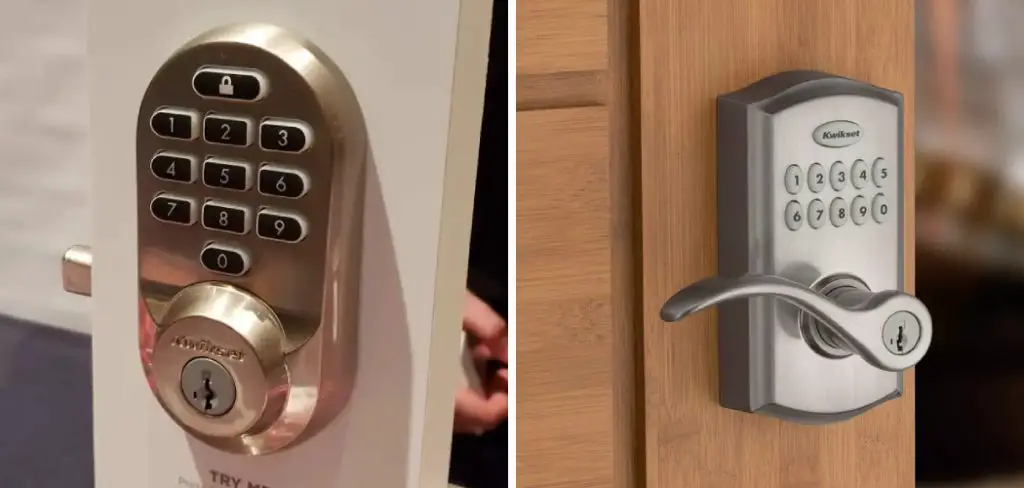
This guide will walk you through how to unlock kwikset keypad, ensuring you can access your property with ease and confidence. Whether you’re a new user or need a refresher, understanding how to effectively use your keypad will enhance your overall experience.
The Convenience of Unlocking a Kwikset Keypad
One of the primary benefits of a Kwikset keypad is the convenience it offers. With a simple press of buttons, you can unlock your door without having to fumble for keys in your pocket or bag. This is particularly useful when your hands are full of groceries or if you’re in a rush. Additionally, the keyless entry system allows you to create and share unique access codes with family members, guests, or service providers, eliminating the need to duplicate physical keys.
The temporary codes can be easily programmed and removed, granting peace of mind when granting access to your home. Moreover, the Kwikset keypad’s backlit feature ensures visibility in low-light conditions, providing seamless access at any time of the day or night. Overall, the Kwikset keypad enhances your daily routines with its user-friendly and time-saving functionality.
Basic Functionality and Features
Kwikset keypads are equipped with a variety of features that simplify home access and increase security. One of the key functionalities is the ability to program multiple user codes. This feature allows different individuals to have their own unique codes, making it easy to track who is entering the premises. The keypads also include an automatic locking system, which can be set to engage after a specific duration of time has passed, providing an additional layer of security if you forget to manually lock your door.
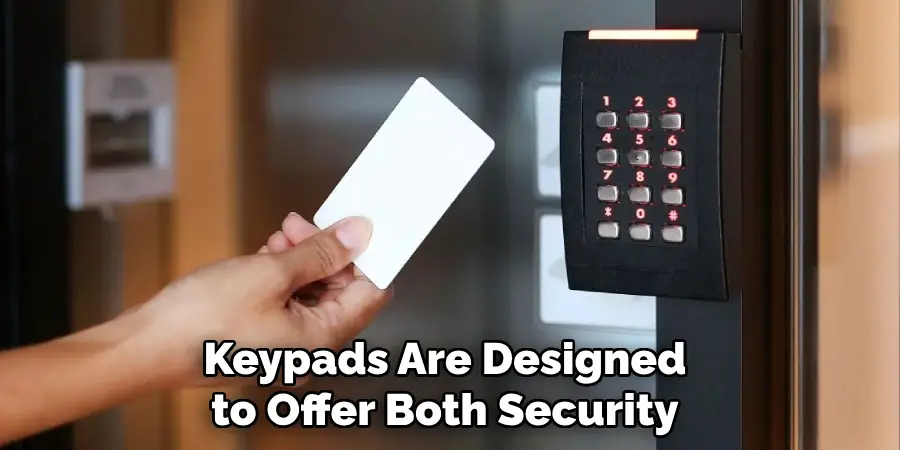
Another important feature is the keypad’s low battery indicator, which alerts you when the battery needs replacement, ensuring uninterrupted functionality. Many Kwikset models integrate easily with smart home technology, allowing for remote access and monitoring through a smartphone app. This integration provides real-time notifications of keypad activity and the ability to lock or unlock doors remotely, offering flexibility and peace of mind.
The durable design of the keypads makes them resistant to weather conditions, ensuring long-lasting performance. Overall, the blend of convenience, security, and technological integration makes Kwikset keypads a preferred choice for modern home security.
10 Methods How to Unlock Kwikset Keypad
Imagine this: arriving home after a long day, only to be locked out due to a malfunctioning keypad lock. Whether you’re a homeowner, tech enthusiast, or DIYer, understanding how to efficiently troubleshoot and unlock a Kwikset keypad can save you time and stress. Here’s a guide to the top 10 methods to help you regain access without breaking a sweat.
1. Check the Batteries
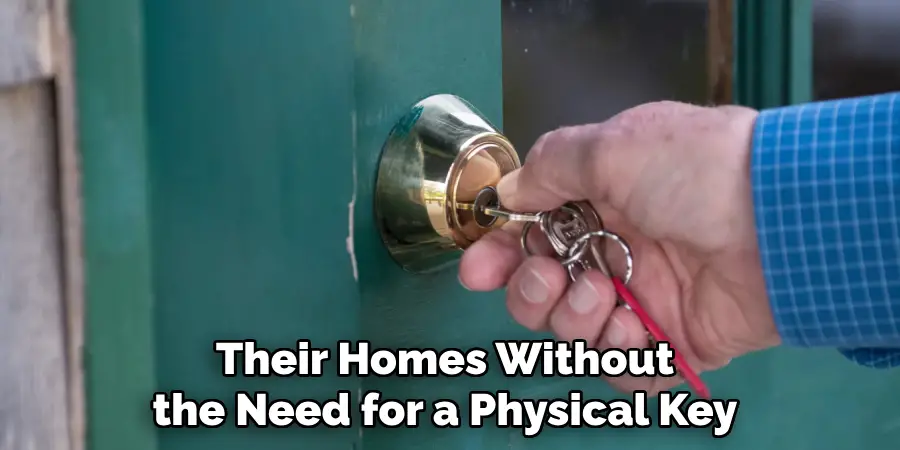
Before reaching for tools, check the batteries. A depleted battery is a common reason for unresponsive locks. Kwikset recommends replacing batteries every 6-12 months for optimal performance. Use a high-quality alkaline battery for reliable power.
2. Use the Physical Key
Your Kwikset keypad lock comes with a backup key. If the keypad fails, use the traditional key method. Remember to periodically test your physical key to ensure it’s functional in case of emergencies.
3. Inspect for Obstructions
Dirt and debris can obstruct the lock mechanism, preventing it from functioning properly. Gently clean the keypad and keyway using a dry cloth. This simple maintenance step can often resolve minor issues.
4. Re-enter the Code
Sometimes the simplest solutions are the best. Re-enter your code, ensuring each key press is deliberate and firm. Double-check that you’re using the correct code, especially if you’ve recently updated it.
5. Reset the Lock
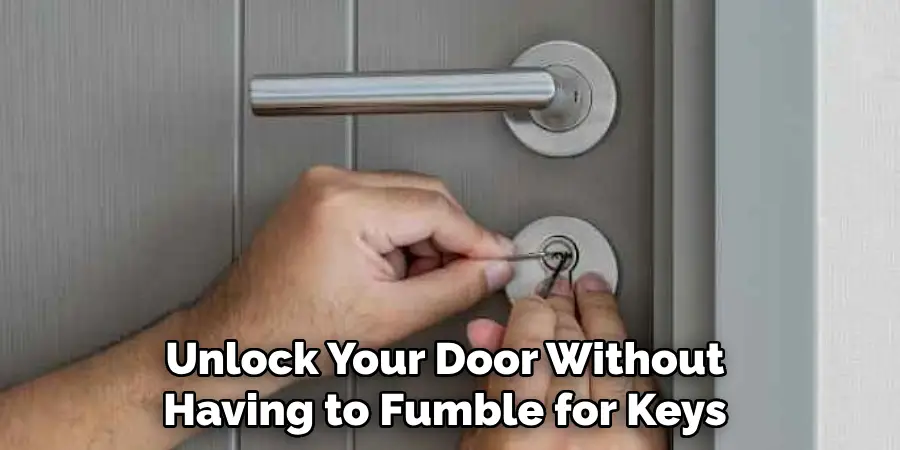
Performing a factory reset can resolve software glitches. To reset a Kwikset lock, follow the manufacturer’s instructions, which usually involve removing the battery pack and pressing the reset button. Remember, this erases all user codes, so you’ll need to reprogram them.
6. Update the Firmware
For smart models, outdated firmware can cause operational issues. Connect your lock to the Kwikset app and check for updates. Keeping your firmware current ensures the lock operates smoothly and securely.
7. Professional Assistance
Sometimes, it’s best to call in the experts. A locksmith can efficiently diagnose and fix more complex issues without causing damage to your lock.
8. Check the Installation
Incorrect installation can lead to alignment issues. Review the installation guide and verify that all components are tightly secured and correctly aligned. Adjust as necessary to ensure smooth operation.
9. Utilize Kwikset’s Customer Support
Kwikset offers robust customer support. If you’re stuck, don’t hesitate to reach out to their team. They can provide troubleshooting advice tailored to your specific lock model.
10. Upgrade Your Lock
If troubleshooting fails, it might be time for an upgrade. Newer models offer improved features and reliability. Investing in an updated lock can enhance your home’s security and convenience.
Maintenance and Upkeep
Regular maintenance and proper upkeep are essential to ensure your Kwikset keypad lock continues to function effectively and efficiently. Start by routinely inspecting the battery compartment for any signs of corrosion or damage. Replacing the batteries every 6-12 months, or as soon as the low battery indicator appears, helps avoid unexpected lockouts.
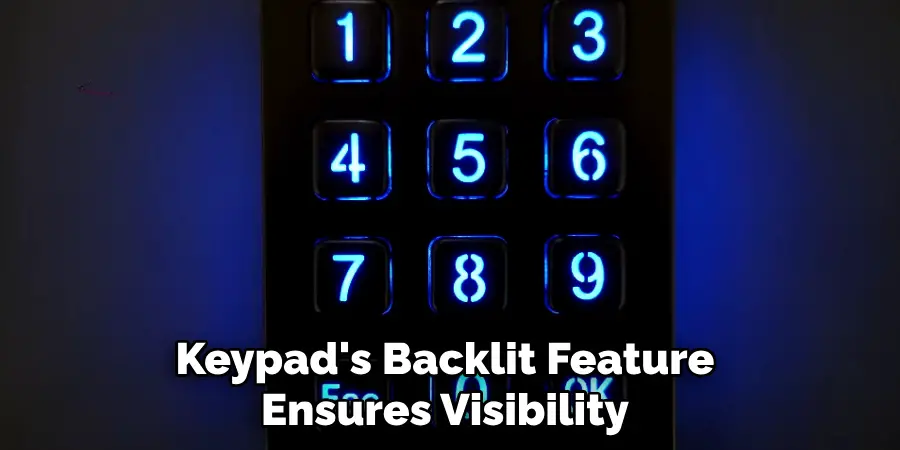
It’s also important to keep the area around the keypad clean, preventing dirt and grime from interfering with the lock’s mechanism. Use a soft, dry cloth to wipe the exterior, avoiding harsh chemicals that could damage the finish. Additionally, periodically check the lock and its components for any signs of wear and tear, tightening screws and adjusting alignment as needed.
For smart lock models, ensure that firmware updates are performed regularly to maintain optimal operation and security. By following these simple maintenance steps, you can extend the life and reliability of your Kwikset keypad lock, ensuring seamless access and continued peace of mind.
Troubleshooting Common Issues
Although Kwikset keypad locks are designed for reliability and ease of use, you might sometimes encounter issues that disrupt their functioning. Fortunately, many common problems have straightforward solutions, allowing you to restore functionality without professional help. Here are several frequent troubleshooting techniques:
1. Keypad Not Responding: If the keypad is completely unresponsive, first check the battery life. Replace the batteries with fresh, high-quality alkaline batteries. Ensure the battery compartment is clean and free of corrosion or obstructions.
2. Incorrect Code Entry: If you repeatedly receive an error from code entry, consider whether the code has been changed inadvertently. Double-check that you’re using the right code. Factory resetting the lock, as per the manufacturer’s guide, can help if the issue persists, though you’ll need to reprogram all user codes afterward.
3. Difficulties with Locking/Unlocking: If the lock mechanism feels stiff or doesn’t function smoothly, inspect for obstructions in the lock itself or the door frame alignment. Cleaning the lock and adjusting installation alignment can often resolve these difficulties.
4. Connectivity Issues with Smart Features: For keypad models with smart technology, verify that your home network is stable. Restarting your router and ensuring that your app and firmware are updated can fix most connectivity issues. If the problem continues, consult the Kwikset support team for further assistance.
Common Mistakes to Avoid
When dealing with Kwikset keypad locks, certain oversights can lead to frustration and unnecessary complications. Below are some common mistakes to be aware of, helping you maintain your lock effectively:
1. Ignoring Battery Maintenance: One of the most frequent errors is neglecting to replace the batteries timely. Low batteries can lead to unresponsiveness or complete lockouts. Regularly check battery levels and replace them as needed to prevent inconvenience.
2. Overlooking Firmware Updates: For smart lock owners, keeping the firmware updated is crucial. Not updating can lead to security vulnerabilities and operational issues. Always ensure that your lock is running the latest firmware version.
3. Harsh Cleaning Methods: Using harsh chemicals or abrasive materials to clean your lock can damage its finish. Always opt for a soft, dry cloth for cleaning, preserving both appearance and functionality.
4. Infrequent Maintenance Checks: Failure to routinely inspect your lock for wear and tear can result in minor issues becoming major problems. Regularly check for loose screws, alignment issues, and any signs of damage.
Conclusion
Maintaining and troubleshooting your Kwikset keypad lock doesn’t have to be daunting. By following these guidelines, you can ensure its smooth and reliable operation, enhancing both your home’s security and your peace of mind. Regular maintenance, prompt troubleshooting, and avoiding common mistakes are key to extending the life of your lock.
When challenges arise, addressing them swiftly with the proper methods will help you get back on track without unnecessary stress. With a little care and attention, you can keep your Kwikset lock functioning perfectly for years to come, providing convenience and security for you and your family. Thanks for reading our blog post on how to unlock kwikset keypad! We hope you found it helpful and informative.
